ChemComm
The journal for urgent communications of outstanding significance from across the chemical sciences.
Editor-in-Chief: Douglas Stephan
Open Access: Hybrid
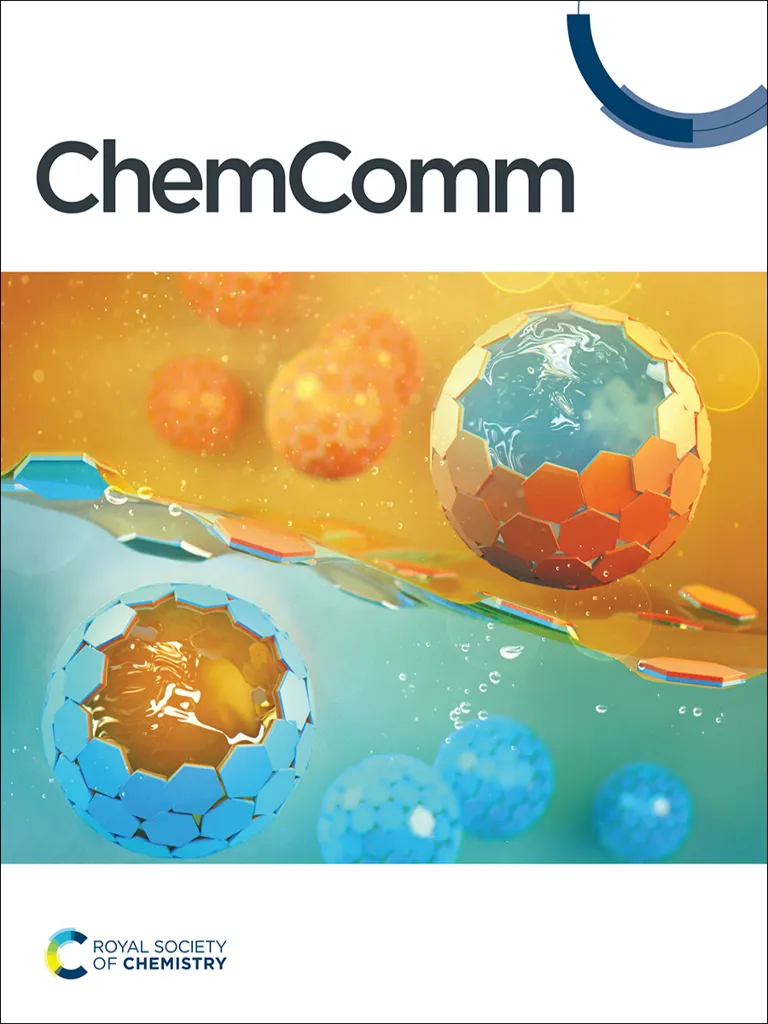
ChemComm publishes short, exciting Communication articles from all areas of the chemical sciences. As the Royal Society of Chemistry’s most cited journal, it has become one of the most trusted journals in chemistry for 60 years. Our publication times are amongst the fastest in chemistry. Researchers typically receive a first decision on their peer-reviewed manuscript within three weeks of submission.
ISSN: 1364-548X
Indexed in: MEDLINE, Science Citation Index (SCI)
Journal Impact factor
4.2 (2024)
First decision time (all)
17 days
First decision time (peer reviewed)
23 days
Scope
ChemComm publishes urgent, new research of outstanding significance and interest to experts in the field, while also appealing to the journal’s broad chemistry readership. ChemComm is part of the RSC’s family of high impact general chemistry journals, alongside Chemical Science and Chemical Society Reviews.
Our 4-page Communication articles are easy to read and digest, allowing readers to quickly and easily understand the main points of your research. Communications can report a stand-alone piece of research, or exciting results at an early stage of an investigation. They do not need to be full or extensive studies. We also publish two types of review articles: Feature Articles and Highlights.
Our scope covers all topics in chemistry, and research at the interface of chemistry and other disciplines (such as materials science, nanoscience, physics, engineering and biology) where there is a significant novelty in the chemistry aspects.
- analytical chemistry
- catalysis
- chemical biology and medicinal chemistry
- computational chemistry and machine learning
- energy and sustainable chemistry
- environmental chemistry
- green chemistry
- inorganic chemistry
- materials chemistry
- nanoscience
- organic chemistry
- physical chemistry
- polymer chemistry
- supramolecular chemistry
Readership
ChemComm is for academic and industrial chemists in all areas of the chemical sciences.
Information for authors
Want to publish in this journal? Our author guidelines explain how to prepare and submit your article and provide useful information on the review and publication process including transfers, revisions and any article processing charges (APCs) that may apply.
You can read our payments and funding information for further details about APCs, which may apply for publishing open access in this journal, as well available discounts and waivers.
You may be able to publish open access in this journal, with no APC to pay, if your institution has an open access agreement with us. You can use our journal finder tool to check for agreements between us and your institution.
Meet the team
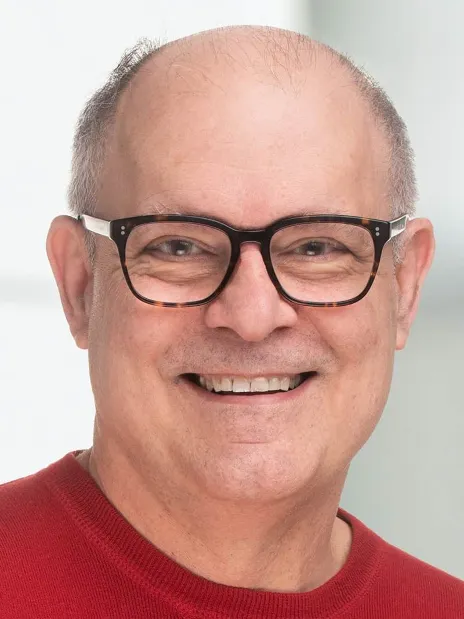
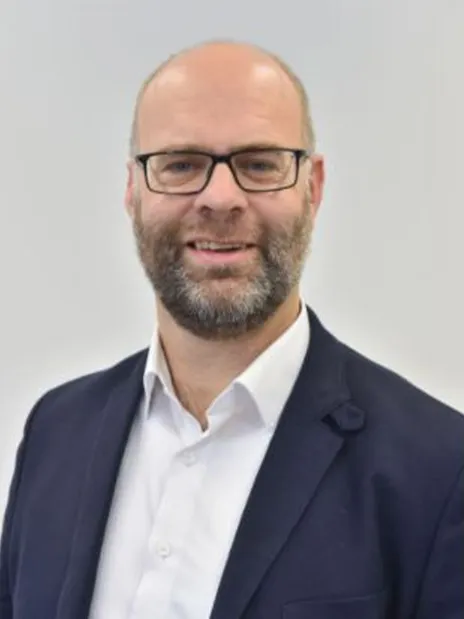



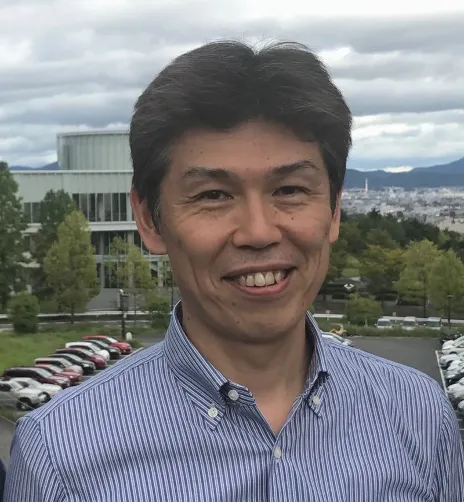


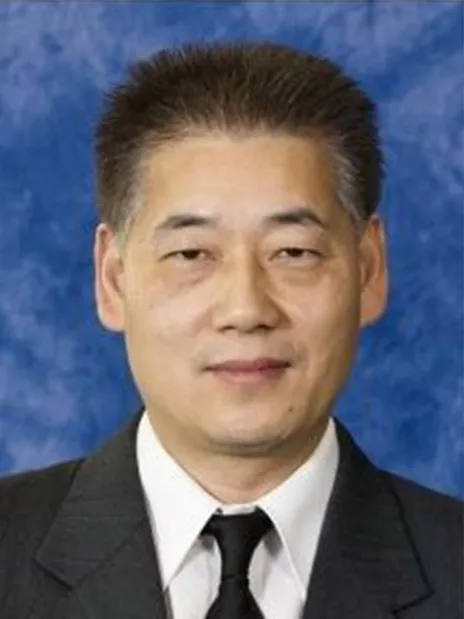


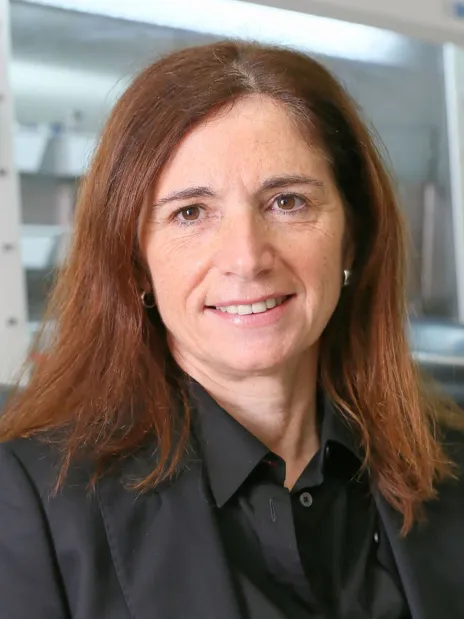
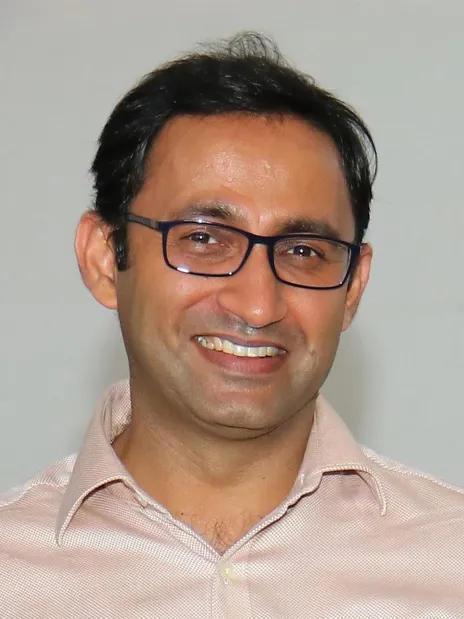

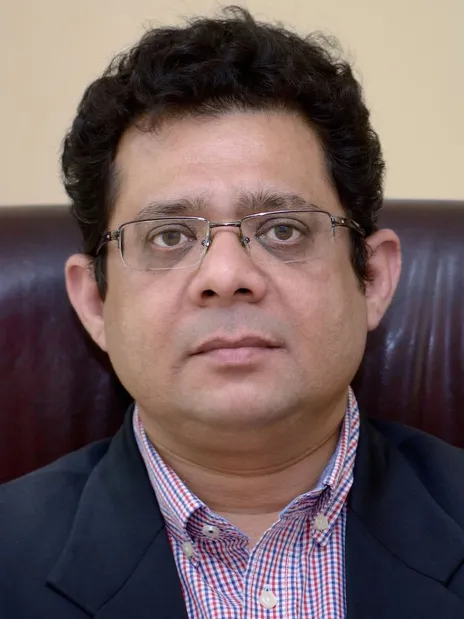
Brendan Abrahams,
University of Melbourne
Polly Arnold
University of Edinburgh
Akkattu T. Biju
Indian Institute of Science
Penny Brothers
Australian National University
Wesley Browne
University of Groningen
Raffaella Buonsanti
EPFL
Rachel Caruso
Royal Melbourne Institute of Technology
Hong Chen
Soochow University
Xiao-Ming Chen
Sun Yat-sen University
Arindam Chowdhury
Indian Institute of Technology Bombay
Derrick Clive
University of Alberta
Professor Seth Cohen
University of California
Marcetta Darensbourg
Texas A&M University
Jyotirmayee Dash
Indian Association for the Cultivation of Science
Gautam R Desiraju
Indian Institute of Science
Abhishek Dey
Indian Association for the Cultivation of Science
Joshua Figueroa
University of California
Lutz Gade
University of Heidelberg
Sujit Ghosh
Indian Institute of Science and Education Research
Robert Gilliard Jr.,
Massachusetts Institute of Technology (MIT)
David González-Rodríguez
Autonomous University of Madrid
Mike Greaney
University of Manchester
Amanda Hargrove
University of Toronto
Chuanxin He
Shenzhen University
Hongyan He
Institute of Process Engineering
Eva Hevia
University of Bern
Todd Hudnall
Texas State University
Ilich A. Ibarra Alvarado
National University of Mexico
Ajeet Kaushik
Florida Polytechnic University
Jong Seung Kim
Korea University
Shu Kobayashi
The University of Tokyo
Zongkui Kou
Wuhan University of Technology
Zhou Li
Beijing Institute of Nanoenergy and Nanosystems
Zhaoming Liu
Zhejiang University
Teck-Peng Loh
Nanyang Technological University
Tien-Yau Luh
National Taiwan University
Xiang Ma
East China University of Science and Technology
Doug MacFarlane
Monash University
Hiromitsu Maeda
Ritsumeikan University
Silvia Marchesan
University of Trieste
Nazario Martin
Complutense University of Madrid
Alexander Miller
University of North Carolina at Chapel Hill
Wonwoo Nam
Ewha Womans University
Kenneth Ozoemena
University of the Witwatersrand
Thalappil Pradeep
Indian Institute of Technology Madras
Kerri Pratt
University of Michigan
Yan Qiao
Chinese Academy of Sciences
S Ramakrishnan,
Indian Institute of Science
Erwin Reisner
University of Cambridge
Robin Rogers
The University of Alabama
Ilhyong Ryu
Osaka Metropolitan University
Paolo Samori
Université de Strasbourg
David Scanlon
University of Birmingham
Ellen Sletten
University of California
David Smith
University of York
Mizuki Tada
Nagoya University
Zhong-Qun Tian
Xiamen University
Tan Tianwei
Beijing University of Chemical Technology
Tomas Torres
Autonomous University of Madrid
Xiaonan Wang
Tsinghua University
Judy Wu
University of Houston
Jin Xie
Nanjing University
Yi Xie
University of Science and Technology of China
Qingzheng Yang
Beijing Normal University
Zhenpeng Yao
Shanghai Jiao Tong University
Shuli You
Shanghai Institute of Organic Chemistry
Yan Yu
University of Science and Technology
Fan Zhang
Fudan University
Qiang Zhang
Tsinghua University
Xi Zhang
Tsinghua University
Yan Zhang
Nanjing University
Zhengbiao Zhang
Soochow University
Wenwan Zhong
University of Science and Technology of China
Eli Zysman-Colman
University of St. Andrews
Richard Kelly
Executive Editor
Celeste Brady
Deputy Editor
Danny Andrews
Development Editor
Ershad Abubacker
Development Editor
Jade Holliday
Editorial Assistant
Helen Saxton
Editorial Manager
Jason Woolford
Associate Editorial Manager
Kirstine Anderson
Publishing Editor
Matthew Bown
Publishing Editor
Chunxiang Chen Dall'Agnese
Publishing Editor
Laura Cooper
Publishing Editor
Hannah Fielding
Publishing Editor
Claire Harding
Publishing Editor
Alan Holder
Publishing Editor
Sara McKnight
Publishing Editor
Rosie Rothwell
Publishing Editor
Donna Smith
Publishing Editor
Laura Smith
Publishing Editor
Becky Webb
Publishing Editor
Natalie Ford
Publishing Assistant
Sam Keltie
Publisher
Read this journal
Feature article
Design and applications of photochromic compounds for quantitative chemical analysis and sensing
Communication
Systematic exploration of alkali–anion pairs for descriptor identification in OH-mediated methane coupling
Communication
Photocatalytic generation of hypochlorous acid on plasmonic Au/AgCl catalysts prepared by microwave-assisted reduction
Communication
Electrochemical C–H functionalization reaction of N-heterocycles with alkyl iodides
More from this journal
Contact the journal team
We're here to help. Contact the journal team if you have any questions about publishing your paper with us.
Sign up for journal email alerts
Get table of contents alerts and notifications about calls for papers, themed issues and more.
